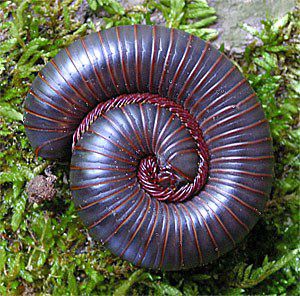Pineapple
plants and fruits have many sharp thorns. Thorns on plants serve as a
form of protection. Since plants are unable to move or escape from
threats. They develop thorns as a means to keep from attack. The
thorns are evolutionary developments that allow for group defense when plants
grow in bunches. Pineapple can be cumbersome when you try to cut them.
The top of the fruit has sharp, pointy leaves that makes harvesting the
delicious fruit challenging and the outside is rough and bumpy, which makes it
difficult to cut. Pineapple leaves are waxy, strap-sharped leaves 2 to 6
feet in length. They usually have a sharp point on the tip of the leaf
and spines along the margins of the leaves. The leaves may be green or
variegated in color. The pineapple "fruit" is not really a
fruit at all but is a mass of individual berries fused to the central stalk.
This is why the "fruit" has leaves on top. They are
actually the continued growth of the stalk beyond where the berries are
attached.

Precaution
Be careful of the
sharp thorns when you handle a pineapple fruit.







